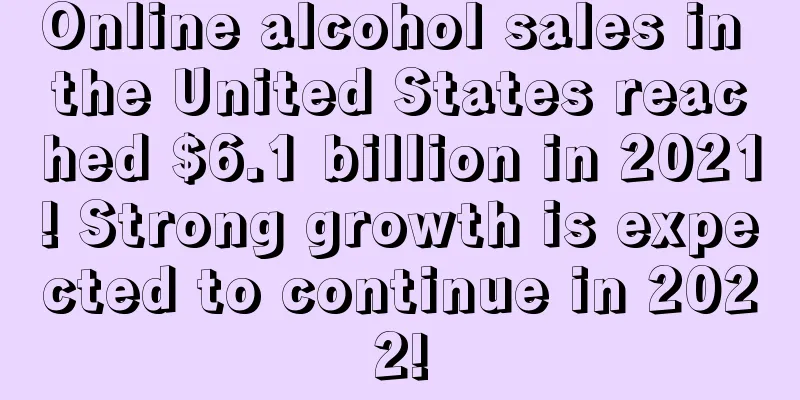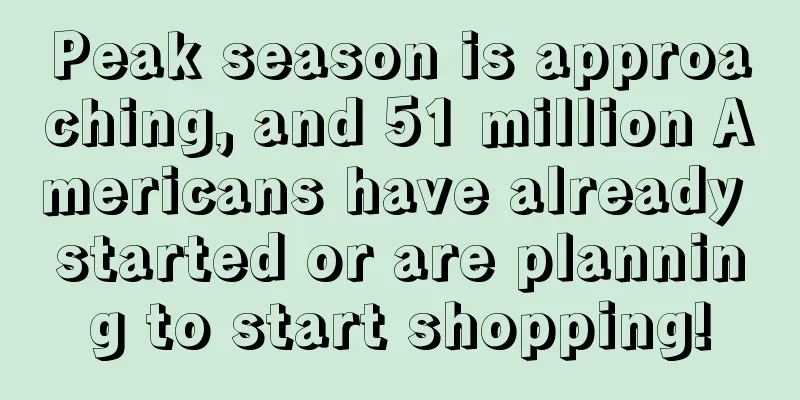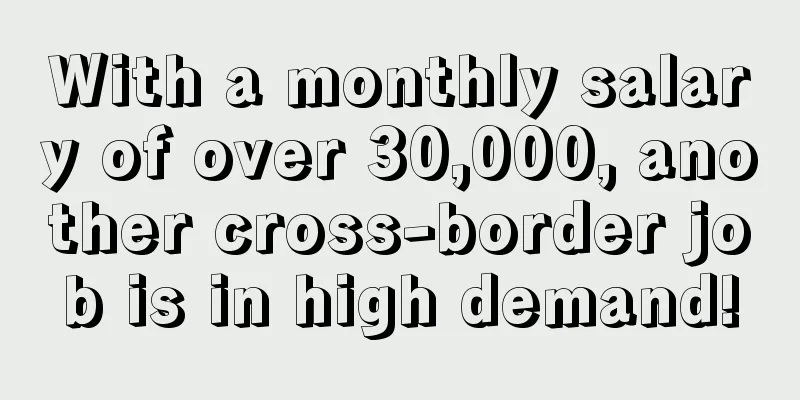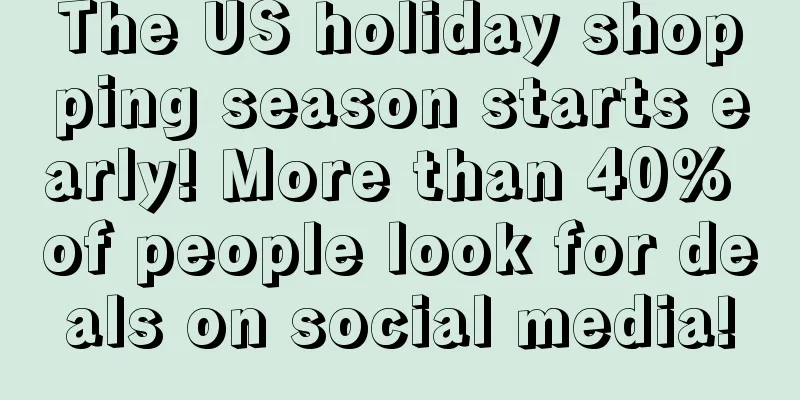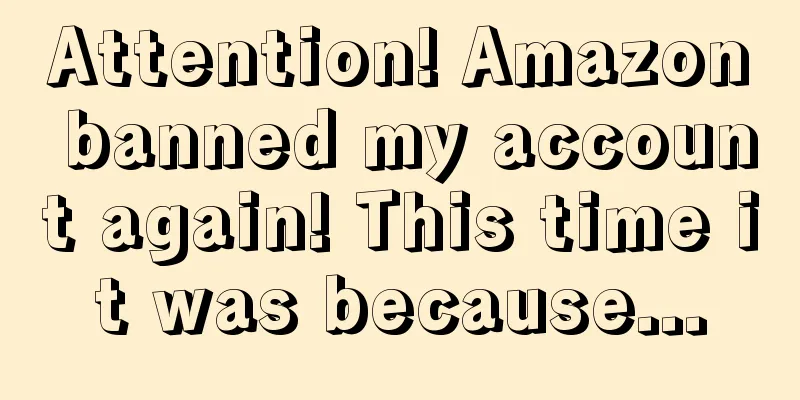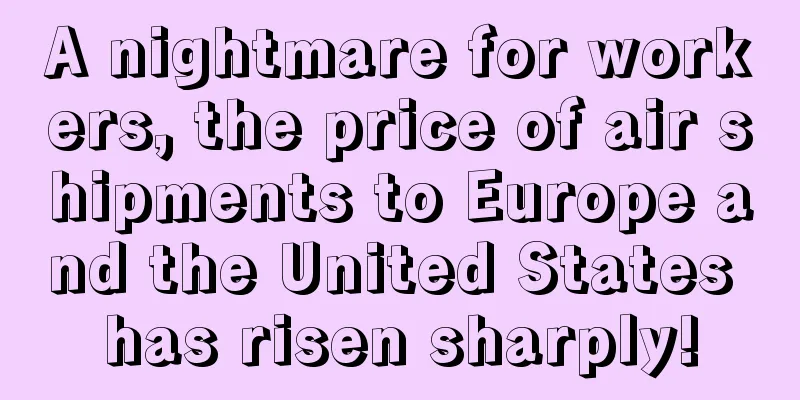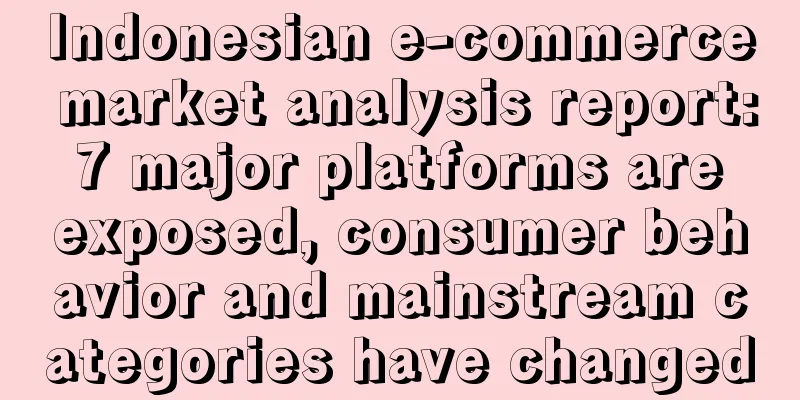The crisis continues! Another US bank declared bankruptcy! Ranked third in history

|
The bankruptcy of Silicon Valley Bank has not yet subsided, and today news came out that another large bank in the United States went bankrupt and was taken over by regulatory agencies! The bank that went bankrupt is called Signature Bank, which ranks 22nd in the United States in terms of bank deposits. Yesterday, when the Federal Deposit Insurance Corporation (FDIC) took over Signature Bank, it announced that the bank's deposit balance was US$82.6 billion, ranking third in terms of the size of bank bankruptcies in U.S. history. Compared with the previous bank that collapsed, Silicon Valley Bank, Signature Bank is only half the size, equivalent to a small provincial bank in China, such as Nanjing Bank. Although not as big as Silicon Valley, the collapse of Signature Bank shows a very important signal. The domino effect brought about by the collapse of Silicon Valley Bank has already come true. The second bank collapsed so quickly that it was only a weekend later. Moreover, the collapse of Signature Bank was truly an innocuous situation. The bank's senior management revealed in an interview that after the news of Silicon Valley Bank's bankruptcy spread on Friday, a large number of customers, out of panic, came to Signature Bank to withdraw their deposits. In just one day, Signature Bank received more than 10 billion US dollars in withdrawal requests. The severe bank run directly defeated Signature Bank, which originally had no repayment risk, and made it the second bank to go bankrupt after Silicon Valley Bank. This is just the beginning. We will definitely see more bank failures this week. Although the FDIC has created a $25 billion special financing plan for the banking industry, it is still a big question whether the banks that have collapsed one after another can be saved. And the root cause of the bank failures - interest rate hikes - has not stopped. “ The Federal Reserve insists on raising interest rates, and the banking industry continues to be thunderous At present, the Fed's attitude remains unchanged and it is firmly on the path of raising interest rates. Most financial institutions predict that at the Fed meeting on March 21-22, it will still take an interest rate hike of about 25 basis points to ensure the suppression of inflation levels. Yesterday, I analyzed that the interest rate hike is the fundamental problem of this bank crash. As long as the interest rate hike continues, small and medium-sized banks may go bankrupt at any time. Foreign media have called this banking industry crash a major collapse of the banking industry. In response to the possible collapse of the banking industry caused by the interest rate hike, the Federal Reserve sent the FDIC to take over the bankrupt banks, and announced that this takeover was only to protect the interests of bank depositors, and the bank owners and investors were not taken into consideration. In other words, the bank went bankrupt, and the FDIC was only responsible for taking over the bankrupt banks and paying depositors' deposits. With the Fed's announcement, at least depositors don't have to worry too much about their money. As for the impact on cross-border sellers, the Fed's suspension of interest rate hikes to save banks is more harmful. The Fed's ultra-aggressive rate hikes that began last year were ultimately aimed at suppressing inflation and price levels. Everything from the vitality of the U.S. economy to whether consumers can buy an extra loaf of bread today is closely related to inflation. After a year of rate hikes, inflation has finally been suppressed a little, and U.S. consumption has also rebounded in January and February. Suspending rate hikes at this critical juncture will directly shake the optimistic expectations of U.S. consumers and the market for inflation, causing the market to tighten its purse strings again and reduce consumption, which will enter a vicious cycle and even make the Fed's achievements in raising interest rates last year fall short . The Fed's choice is obvious: to protect banks or the entire U.S. economy. |
<<: Russia's "Amazon", a new way out for Chinese cross-border sellers
>>: Sellers' revenue doubled in half a year! Uncovering Walmart's supplier DSV plan
Recommend
What is Six Degrees Consulting? Six Degrees Consulting Review
Shenzhen Liudu International Business Consulting i...
Sellers, please take a look! The malicious competition tactics on Amazon that are hard to guard against!
Affected by the COVID-19 pandemic, people go out l...
[Must-read] Amazon tools that can improve work efficiency!
text 1. When researching a product, you need to q...
Due to product quality issues! CPSC recalls 478,800 seats made in China!
It is learned that on February 9, CPSC announced t...
What is Evy's Tree? Evy's Tree Review
Evy's Tree is an e-commerce website that sells...
Self-operated products cancelled? Amazon recommendation column disappears
Amazon sellers have really experienced twists and ...
TikTok involved in data leak! FFC asks Apple and Google to remove TikTok?
<span data-docs-delta="[[20,"获悉,美国联邦通信委员会(...
Attention! Amazon requires sellers to verify "Emergency Contact Information"
text Recently, Amazon announced a new policy requ...
Check yourself! 2500 listings were deleted just because there was a problem with the category!
Amazon has been sending out a lot of warning emai...
FedEx to offer online returns service to compete with Amazon
FedEx is taking its competition with Amazon to the...
What is Wansu Logistics? Wansu Logistics Review
Shenzhen Wansu Logistics Co., Ltd. was established...
What is Feedback Genius? Feedback Genius Review
Feedback Genius is an Amazon third-party tool. It ...
Crazy Xiao Yangge rushes into TikTok to sell goods, and Oriental Selection recruits people with a monthly salary of 40,000!
According to the latest data released by app analy...
Uncover the variables involved in Amazon Review rating and the formula for calculating Review score
The variables involved in review scoring are as f...
Amazon launches "Black Business" badge, and the African site domain has been confirmed!
It is learned that on August 25 , Amazon US announ...
